Monday, December 21, 2015
Day 12 HAMLET
Do Now: Please underline or highlight the line/passage you asked a question or drew an inference about. As a group, choose one of these highlighted lines/passages to share with the class.
1. Reviewing III.i and III.ii
2. III.iii in groups
3. Exit Ticket: In general, the climax or turning point in Shakespeare's work occurs during the third act. Have we witnessed this turning point yet? Explain.
HW: SS4 due tomorrow.
Friday, December 18, 2015
SS4 Work

Please use the lab time to find a fourth secondary source and begin work on the blog entry. Reminder: in addition to selecting three quotations from the article to paraphrase and evaluate, you'll also need to provide a short (2-3 sentences) summary of the article. Let me know if you're having trouble finding good literary criticism!
HW: Work on SS4 blog (due Tuesday) and read III.ii. Mark one passage from the scene and either ask a question or draw an inference about it.
Thursday, December 17, 2015
Day 11 HAMLET
Today's Learning Target:
I will be able to make a claim about how the two soliloquies in act III, scene i further develop the conflicts of Hamlet and Ophelia.
I will know that I have hit the learning target when...
-I can compare and contrast Hamlet's and Ophelia's soliloquies.
-I can explain how the soliloquies reveal internal conflicts a character is facing.
Agenda:
- Soliloquies in III.i
- The Nunnery Scene
- Comparing adaptations
- Exit Ticket: What do you think is preventing Hamlet from acting?
HW: Begin searching for a fourth secondary source.
Tuesday, December 15, 2015
Day 10 HAMLET

Do Now: Put the events from Act II in order and choose a line or passage that strikes you as significant.
Today's Learning Target:
I will be able to review acts I and II of Hamlet and make a claim about Hamlet's first three soliloquies.
I will know that I have hit the learning target when...
-I can describe the key events from acts I and II.
-I can compare and contrast Hamlet's first three soliloquies.
Agenda:
- Act II
- The third soliloquy
- Double Binds
- Exit Ticket: What is the most memorable part of act two?
HW: Please finish your claim about Hamlet and read III.i. Begin looking for a fourth secondary source.
Monday, December 14, 2015
Synth Work
 |
| Happy synthesizing! |
-include the titles of both texts in the introduction paragraph
-check your synthesis argument for a pattern/method and its connection to a nuanced perspective on the human condition
-order the body paragraphs in a logical sequence
-use at least one example from each text per body paragraph
HW: Share the synthesis draft with me via the form below (hint: you'll have to sign in to your belmontschools.net account to access the form).
Friday, December 11, 2015
Day 9 HAMLET

Do Now: Some critics suggest that Claudius's rule of Denmark turns the kingdom into an authoritarian state that keeps a close watch on all of its subjects and imposes a "militant regulation of speech." According to Michael Neill, Hamlet finds two ways to cope with this “enforced silence”:
The "pregnant" wordplay of his "mad" satire, as Polonius uneasily recognizes (II.ii.226-27), is one way, but it amounts to no more than inconclusive verbal fencing. Soliloquy is a more powerful resource because, since it is heard by no one (except the audience), its impenetrable privacy defines Hamlet's independence from the corrupt public world.
How is Hamlet apart from the “corrupt public world”? In other words, what does he value that Claudius and those in his court do not (e.g., Polonius) value?
Today's Learning Target:
I will be able to examine the subtext of Hamlet through motifs and other literary devices.
I will know that I have hit the learning target when...
-I can locate an example of one of the motifs and/or additional devices in II.ii and explain a big idea it emphasizes.
-I can discuss an additional literary device that is used repeatedly in the play.
1. Some fun literary devices
2. II.ii
3. Hamlet's third soliloquy
4. Exit Ticket:
HW: TP2 rough draft due 12/15
Tuesday, December 8, 2015
Peer Editing

HW: Read II.ii and bring in at least one question about a specific line, exchange, or event. Be prepared for awesomeness: Rosencrantz and Guildenstern are there to do some spying, the players show up to evoke Hecuba's tears at King Priam's grisly end, Hamlet belts out soliloquy number three, and famous lines accumulate at a rate not unlike last winter's snow.
Monday, December 7, 2015
Day 8 HAMLET
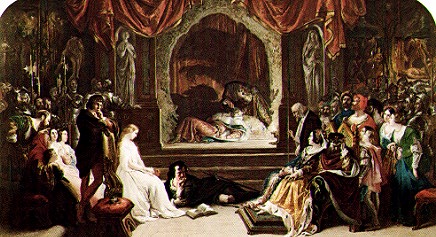
Do Now: Discuss the Burgess and Welles quotations with your group. How do people use language to serve truth? Lies?
Today's Learning Target:
I will be able to examine the subtext of Hamlet through motifs introduced in act one.
I will know that I have hit the learning target when...
-I can locate an example of one of the motifs in II.i and explain a big idea it emphasizes.
-I can discuss an additional literary device that is used repeatedly in the play.
1. Language: A Tool for Truth or Deceit
2. Three motifs: Ears, performance, pestilence
3. II.i
4. Exit Ticket: How does II.i echo I.iii?
HW: Prepare an outline in Google Drive for Tuesday's class. The document should include your synthesis statement, at least two topic sentences, and a minimum of two examples per subtopic.
Friday, December 4, 2015
Day 7 HAMLET
 |
| For an example of a major work of synthesis, check out Fiedler's Love and Death in the American Novel. |
Today's Learning Target:
I will be able to define synthesis and practice crafting synthesis assertion based on soliloquies from Macbeth and Hamlet.
I will know that I have hit the learning target when...
-I can list similarities and differences between the two speeches.
-I can draw a conclusion based on these similarities and differences and express it in synthesis statement form.
1. Synthesis practice revisited
2. Outline overview
3. Drafting / selecting evidence
HW: Prepare an outline in Google Drive for Tuesday's class. The document should include your synthesis statement, at least two topic sentences, and a minimum of two examples per subtopic.
Sample synthesis from No Exit and "Five Characters in Search of an Exit"
As versions of absurd universes, the oppressively minimal settings of No Exit and "Five Characters in Search of an Exit" seemingly force the characters to self reflect without environmental distractions. In actuality, the bare settings create a situation in which the characters develop a dependence on the others in the room. The tension between these external influences emphasizes the detrimental consequences of relying on others to inform one's choices instead of seeking within.
An article that uses synthesis: http://www.nytimes.com/2014/09/14/magazine/the-death-of-adulthood-in-american-culture.html?_r=0
Thursday, December 3, 2015
Day 6 HAMLET
Do Now: What questions do you have about synthesis?
Today's Learning Target:
I will be able to define synthesis and practice crafting synthesis assertion based on soliloquies from Macbeth and Hamlet.
I will know that I have hit the learning target when...
-I can list similarities and differences between the two speeches.
-I can draw a conclusion based on these similarities and differences and express it in synthesis statement form.
1. Mindfulness activity
2. Recalling I.ii and I.iii discussion
3. Finishing act one
4. Exit Ticket: At the end of act one, what are we left wondering about?
HW: Bring your ideas about PS2 and PS3 to tomorrow's class. We will use our lab time to expand on these ideas and look for evidence to support them.
Links to some online versions of Hamlet:
Folger: http://www.folgerdigitaltexts.org/html/Ham.html
MIT: http://shakespeare.mit.edu/hamlet/
Shakespeare Online: http://www.shakespeare-online.com/plays/hamletscenes.html
Sample synthesis from No Exit and "Five Characters in Search of an Exit"
As versions of absurd universes, the oppressively minimal settings of No Exit and "Five Characters in Search of an Exit" seemingly force the characters to self reflect without environmental distractions. In actuality, the bare settings create a situation in which the characters develop a dependence on the others in the room. The tension between these external influences emphasizes the detrimental consequences of relying on others to inform one's choices instead of seeking within.
Tuesday, December 1, 2015
Day 5 HAMLET
Do Now: What similarities or contrasts between PS2 and PS3 do you find most interesting? Why?
Today's Learning Target:
I will be able to define synthesis and practice crafting synthesis assertion based on soliloquies from Macbeth and Hamlet.
I will know that I have hit the learning target when...
-I can list similarities and differences between the two speeches.
-I can draw a conclusion based on these similarities and differences and express it in synthesis statement form.
1. Synthesis Practice (sit with your group and post your statement as a "comment")
2. Revisiting posts for PS2 and PS3
3. Ideas for synthesis
4. Exit Ticket: What new insight do you have about your two novels?
HW: Read I.iii. Also, using the Hamlet/Macbeth synthesis practice as a model, write a sentence or two about PS2 and PS3.
Links to some online versions of Hamlet:
Folger: http://www.folgerdigitaltexts.org/html/Ham.html
MIT: http://shakespeare.mit.edu/hamlet/
Shakespeare Online: http://www.shakespeare-online.com/plays/hamletscenes.html
Sample synthesis from No Exit and "Five Characters in Search of an Exit"
As versions of absurd universes, the oppressively minimal settings of No Exit and "Five Characters in Search of an Exit" seemingly force the characters to self reflect without environmental distractions. In actuality, the bare settings create a situation in which the characters develop a dependence on the others in the room. The tension between these external influences emphasizes the detrimental consequences of relying on others to inform one's choices instead of seeking within.
Monday, November 30, 2015
Day 4 HAMLET

Do Now: What are your first impressions of Hamlet?
Today's Learning Target:
I will be able to define soliloquy and explain how Hamlet's first soliloquy establishes his character.
I will know that I have hit the learning target when...
-I can point to lines in Hamlet's soliloquy that establish his character.
-I can make inferences about these lines to begin constructing a profile of young Hamlet at the play's beginning.
1. Monologues and Soliloquies (Horatio, Claudius, Hamlet)
2. I.ii (Branagh and Tennant)
3. Synthesis
4. Exit Ticket: What do we wonder about by the end of I.ii?
HW: Look over your posts on PS2 and PS3. What are some shared methods/meanings you could explore? Bring in a list. When submitting your TP1 final drafts (online or hard copy), please also hand back the rubric and marked-up draft.
Links to some online versions of Hamlet:
Folger: http://www.folgerdigitaltexts.org/html/Ham.html
MIT: http://shakespeare.mit.edu/hamlet/
Shakespeare Online: http://www.shakespeare-online.com/plays/hamletscenes.html
Monday, November 23, 2015
Day 3 HAMLET
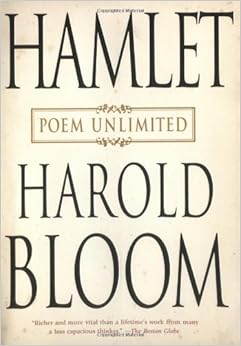
Do Now: "We read to reflect and to be reflected. You can make of the play Hamlet and the protagonist pretty much what you will, whether you are playgoer or reader, critic or director, actor or ideologue; push any stance or quest into it and the drama will illuminate what you have brought with you." -Harold Bloom
Revisit the brief discussion from the end of Friday's class. What "stance or quest" will you bring with you to your reading of the play?
1. Character Maps
2. I.i
3. Horatio's speech
4. Exit Ticket: What is happening in Denmark?
HW: PS3 journals due 25 November. When submitting your TP1 final drafts (online or hard copy), please also hand back the rubric and marked-up draft.
Links to some online versions of Hamlet:
Folger: http://www.folgerdigitaltexts.org/html/Ham.html
MIT: http://shakespeare.mit.edu/hamlet/
Shakespeare Online: http://www.shakespeare-online.com/plays/hamletscenes.html
Thursday, November 19, 2015
Day 2 HAMLET

Hamlet opens with this question. It isn't part of a knock-knock joke (unless it's a very drawn-out cosmic one). What does a question like this one make us think about?
Today's Learning Target:
I will be able to explain how Shakespeare establishes mood through speech.
I will know that I have hit the learning target when...
-I can point to features of the language in the opening scene of Hamlet that reveal what the setting is like.
-I can explain how a line's length and punctuation suggest a scene's atmosphere.
Agenda:
- Who/what is Hamlet?
- I.i
- independent work time
- Exit Ticket: What aspect of Hamlet most intrigues you? Why?
Tuesday, November 17, 2015
Day 1 HAMLET
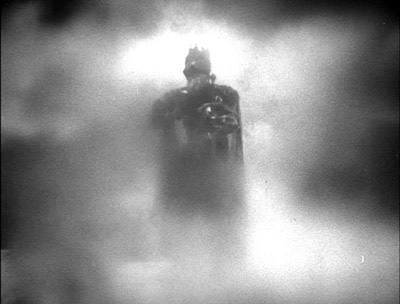
Today's Learning Target:
I will be able to explain how Shakespeare establishes mood through speech.
I will know that I have hit the learning target when...
-I can point to features of the language in the opening scenes of Romeo and Juliet and Macbeth that reveal what the setting is like.
-I can explain how a line's length and punctuation suggest a scene's atmosphere.
Agenda:
- Our thoughts on Shakespeare
- Opening scenes: Tragedies
- Exit Ticket: When we begin Hamlet, what will you look for in the opening scene that you might not have paid attention to before today's lesson?
HW: Begin working on PS3 posts.
Thursday, November 5, 2015
Day 10 NO EXIT
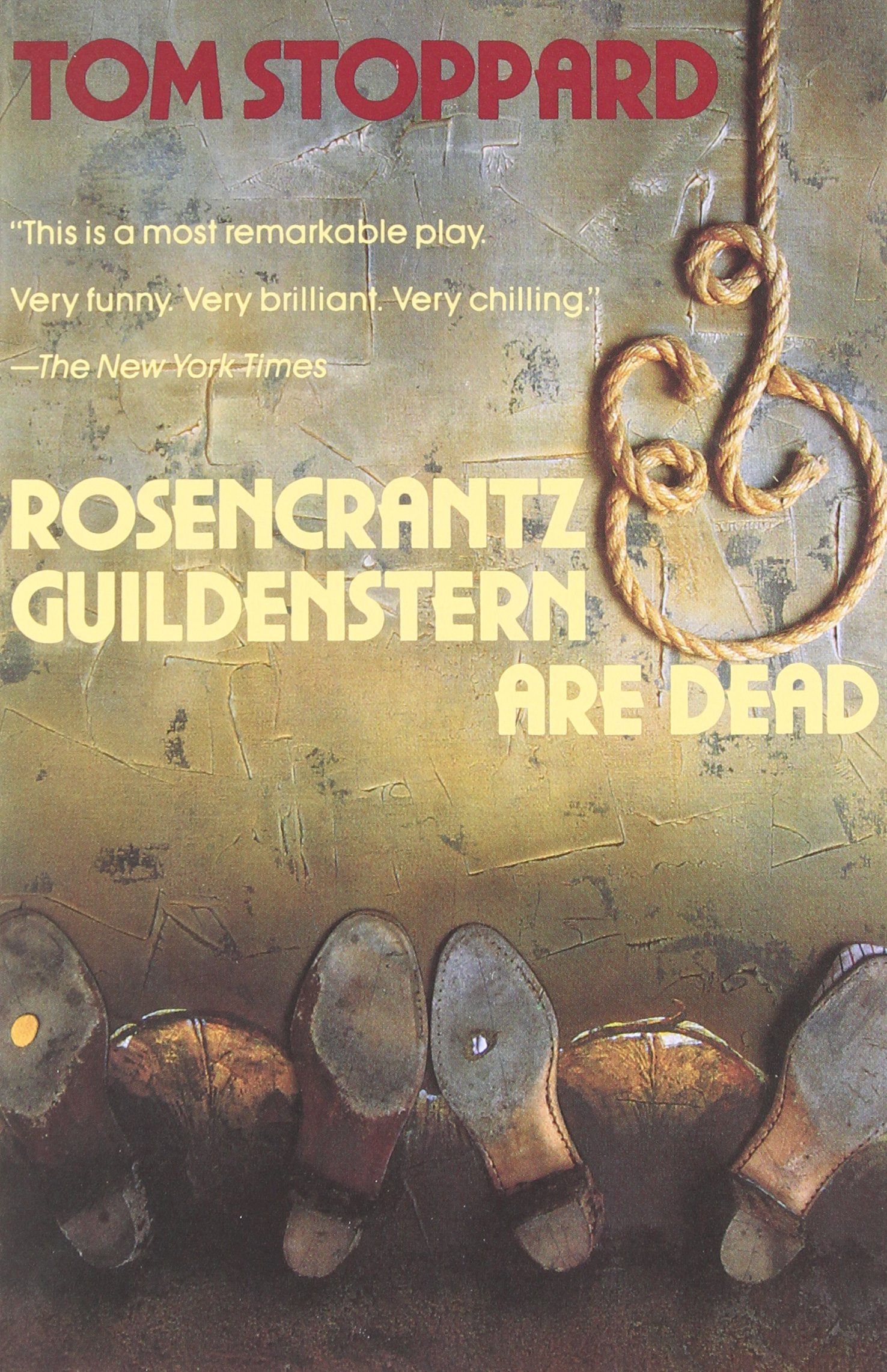
Do Now: Please share your synthesis statement about No Exit and "Five Characters in Search of an Exit" with your group. Discuss the challenges of drafting such a claim.
Today's Learning Target:
I will be able to define synthesis and practice crafting synthesis assertion based on No Exit and "Five Characters in Search of an Exit."
I will know that I have hit the learning target when...
-I can list similarities and differences between the two texts.
-I can draw a conclusion based on these similarities and differences and express it in the form of a synthesis statement.
Agenda:
- Synthesis practice
- Creative Project Continued (LINK TO NOTES SHEET IS HERE)
- Drafting and Rehearsing
- No exit ticket: What would you like to add or remove from the scene you've drafted?
HW: Make sure you have selected SS2 and SS3 by Thursday. Entries on those two articles are now due on 17 November.
Tuesday, November 3, 2015
Day 9 NO EXIT
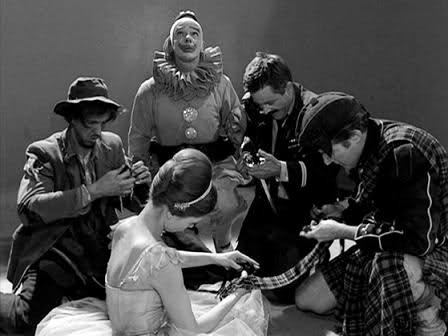
Do Now: Compare and contrast No Exit and "Five Characters in Search of an Exit." Can you draw any conclusions from your discussion of the two texts?
Today's Learning Target:
I will be able to define synthesis and practice crafting synthesis assertion based on No Exit and "Five Characters in Search of an Exit."
I will know that I have hit the learning target when...
-I can list similarities and differences between the two texts.
-I can draw a conclusion based on these similarities and differences and express it in the form of a synthesis statement.
Agenda:
- Comparisons
- Creative Project
- Brainstorming
- No exit ticket: What existentialist concept will you address in your scene?
HW: Using the handout from today's class, please write a synthesis claim about No Exit and "Five Characters in Search of an Exit."
Subscribe to:
Posts (Atom)